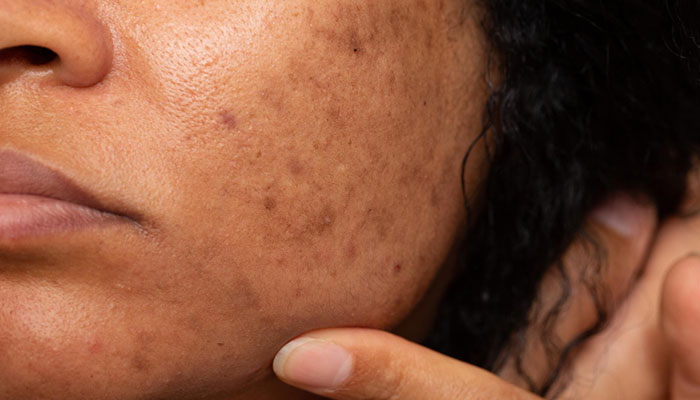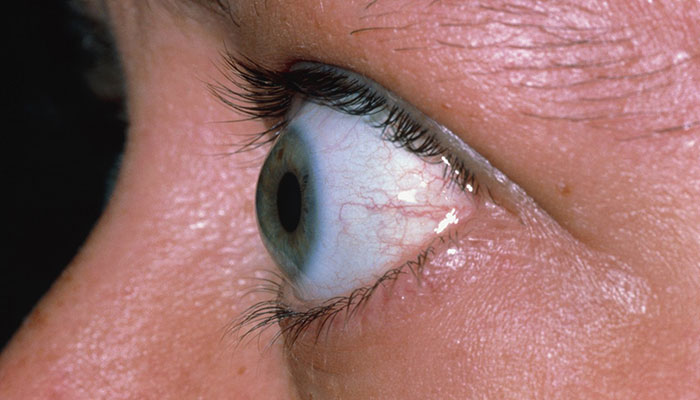Introduction
Hyperpigmentation is a condition in which certain areas of the skin become darker than their surrounding skin. It is caused by the excess production of melanin, which is the pigment responsible for skin colour.
Signs and Symptoms of Hyperpigmentation
Hyperpigmentation does not result in any visible signs other than skin discoloration, such as dark spots.
Causes of Hyperpigmentation
- Sun exposure
- Skin inflammation
- Melasma
- Genetics
- Hormonal changes
- Side effects of medicines
- Certain disorders
Understanding Hyperpigmentation in Ayurveda
Ayurveda attributes hyperpigmentation to an imbalance in the body’s doshas, particularly Pitta and Vata. Excess sun exposure, poor diet, and stress are considered significant factors. Consuming foods that aggravate Pitta, like spicy or acidic items as well as emotional disturbances, hormonal imbalances, and toxins in the body may also increase the risk of developing hyperpigmentation.
Treatment and Management
The treatment of hyperpigmentation involves various approaches, including topical creams, chemical peels, microdermabrasion, and laser therapy can also help manage hyperpigmentation. Sunscreen is essential to prevent further darkening. In more severe cases, dermatologists may recommend prescription medications. Results vary, and treatments often take weeks to months to show noticeable improvements
Care offered by SGP’s PSA has been demonstrated to be effective in alleviating symptoms and enhancing the quality of life for patients with hyperpigmentation. The primary focus of care delivered by the PSA is to manage symptoms, address emotional and psychological distress, and improve overall comfort.
FAQs about Hyperpigmentation
-
A dermatologist typically diagnoses hyperpigmentation based on a visual examination of the affected skin.
-
A diet rich in antioxidants and nutrients can support skin health, but it is not a direct cure for hyperpigmentation.
-
Hyperpigmentation can last a lifetime. Treatment options can be used to reduce the amount of discolouration in certain areas. However, these treatments can take a few months to a year to start showing results.
-
The initial step is to protect the skin from the most common causes of hyperpigmentation. Appropriate sun protection, such as SPF 30, hats, and long sleeves, should be used to protect against UV rays. Additionally, it is important to avoid picking at scabs and acne to prevent dark spots.
-
It is essential to seek medical advice if there is any change in the form, size, or colour of pigment spots, or if they become itchy or bleed. Certain medical conditions, such as Addison’s disease and haemochromatosis, can lead to hyperpigmentation in various areas of the body.






